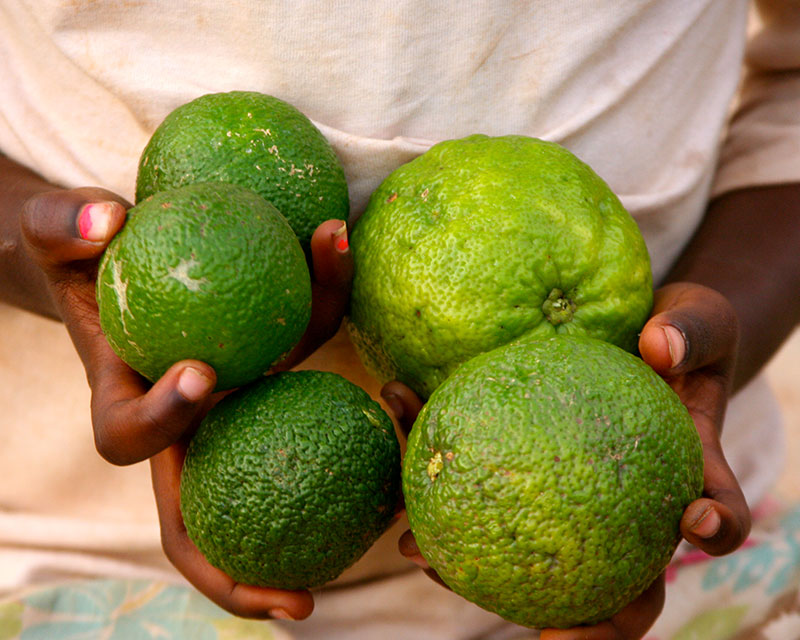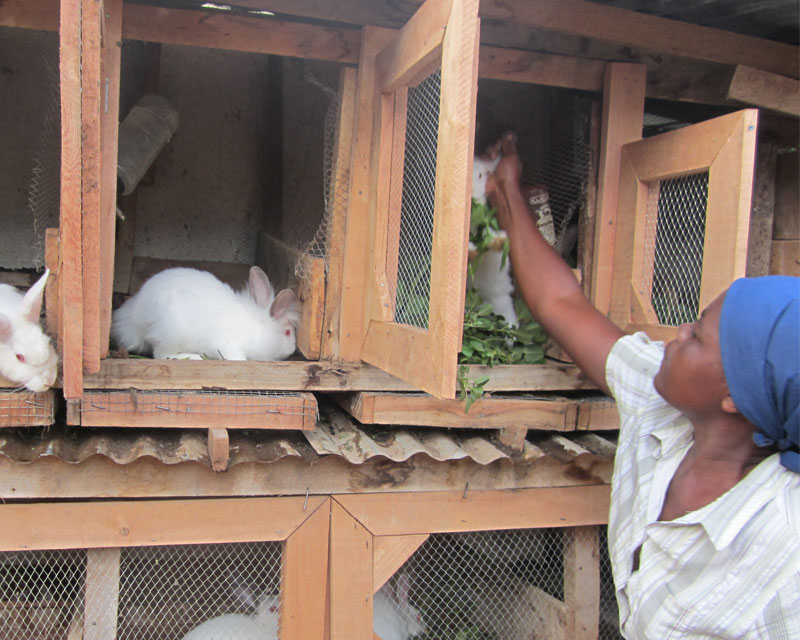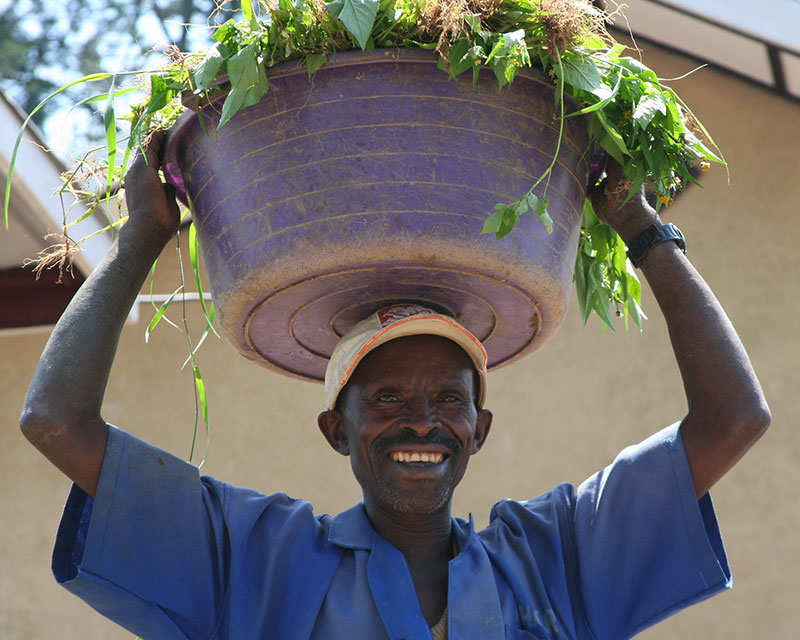Farming Initiative
of Rwandan families live in extreme poverty.
With a goal to provide tangible solutions to poverty in Rwanda and to become a self sustaining ministry, we plan to utilize our property to its full potential through a farming initiative. We not only plan to provide good nutrition through our programs, we also plan to teach innovative strategies that can help local communities tackle the issue of poverty and malnutrition..
63% of Rwandan families live in extreme poverty. Most families still farm to earn an income, yet many children experience stunting due to malnutrition. The Victory Family Home of Champions farming initiative is one of the many ways we can really impact lives in a meaningful way. These farming techniques will allow us to grow food for the programs we plan to offer, as well as extra that can be traded or used for feeding programs in the community.
Vegetable Farming
Fresh vegetables are key to a nutritious diet/ Rwanda has two growing seasons and our property has a few acres of land currently planted sparsely with cow grass, fruit trees, and a small garden.
Because we plan to grow fodder to feed the animals we will no longer need as much space for cow grass. This land will be turned into productive crops that will produce enough vegetables to be used for feeding programs as well as enough to sell or trade at market for the things we can’t grow. Together with the animals we plan to raise, gardening will help us fight malnutrition.
Rabbit Farming
Chicken and pig farming is common around the world but rabbit farming has many benefits not yet utilized. The principles and conventions of rabbit farming are relatively straight forward. Apart from the convenience of size and handling, rabbit meat has high protein content, is easy to digest with low cholesterol and tastes similar to chicken. The ratio of meat to bone on a rabbit is higher than that of chicken, and rabbits yield 2.7 kg of meat on the same feed it takes a cow to produce only 0.5 kg of meat. This kind of conversion makes rabbit a very productive unit.
Our plan is to start with a small livestock farm of rabbits, chickens and a few pigs (along with the 2 cows and 4 goats presently on the property). This will provide meat, milk and eggs for the programs at the Victory Family Home of Champions. We are looking to build a structure that is secure from the weather and rodents and expandable to our needs as we grow this initiative. We will require supplies to construct cages for the rabbits, laying boxes for the chickens, feed and bedding storage, along with the necessary equipment for watering and feeding. We will utilize the fodder system as a primary feed supply for the animals. They will however require additional nourishment with supplements such as roughage, minerals and poultry feed.
Fodder Growing System
Hydroponics allows the growth of fodder in 5-7 days. It drastically reduces the cost of feed and increases the production of meat, eggs, and milk. It is ideal for small and large scale farms alike. Grains such as sorghum, rice, maize and sim sim are some of the most commonly used seeds for hydroponic production in Africa. Under proper growing guidelines, the fodder matures in just 5-7 days giving farmers an easier and more affordable feed solution. On day 1 seed soaked in water swells. On day 2, the grain bursts and roots prout followed by a shoot on day 3. On day 4, the shoot continues to grow and on day 5 the fodder can be fed to chickens. The green fodder grows further on days 6-7 and can be fed to larger livestock.
Our fodder growing system requires; a basic shelter in which light and temperature can be moderately controlled. Racks for rotation of trays, dry seed storage bins and a simple watering system will also be housed in this shelter. The fodder system is also something we will teach to local farmers through vocational training.


